Blessed with deep original root culture, Balinese people live and breathe their culture and embodied them in certain aspects of tradition and arts. Dance is one form used by the Balinese to express their Hindu beliefs in a sense of movement. It is a cherished art form, with different dances categorized as wali (sacred), bebali (semi-sacred), or balih-balihan (entertainment). Unlike contemporary dance, Balinese traditional dance has preserved its gestures and forms since its origin in religious rituals at Hindu temples. Let's delve into the most iconic dances that showcase the richness of Bali's cultural heritage.
Sacred Movements: Bali’s Best Traditional Dances
Baris
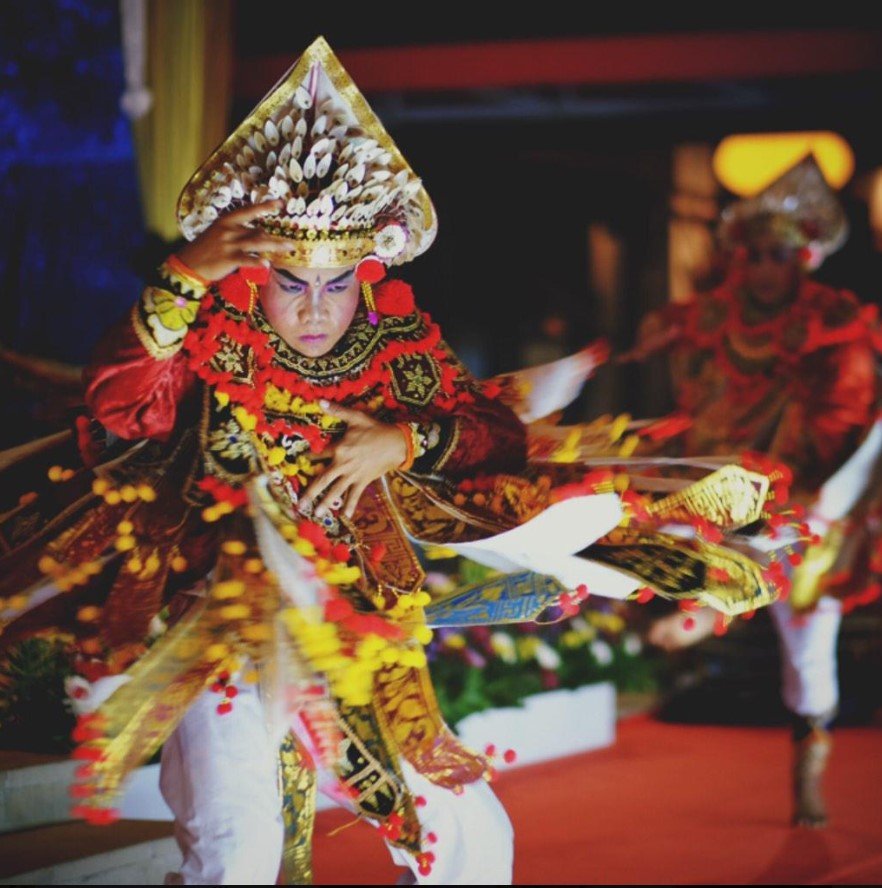
Step into the ancient era of Balinese history with Baris, a dance that glorifies the valor and masculinity of Balinese warriors. This male-exclusive dance is a tribute to young warriors preparing for battle. With over thirty variations, Baris can be performed solo or by a group of up to 40 dancers, evoking a sense of strength and triumph.
Barong
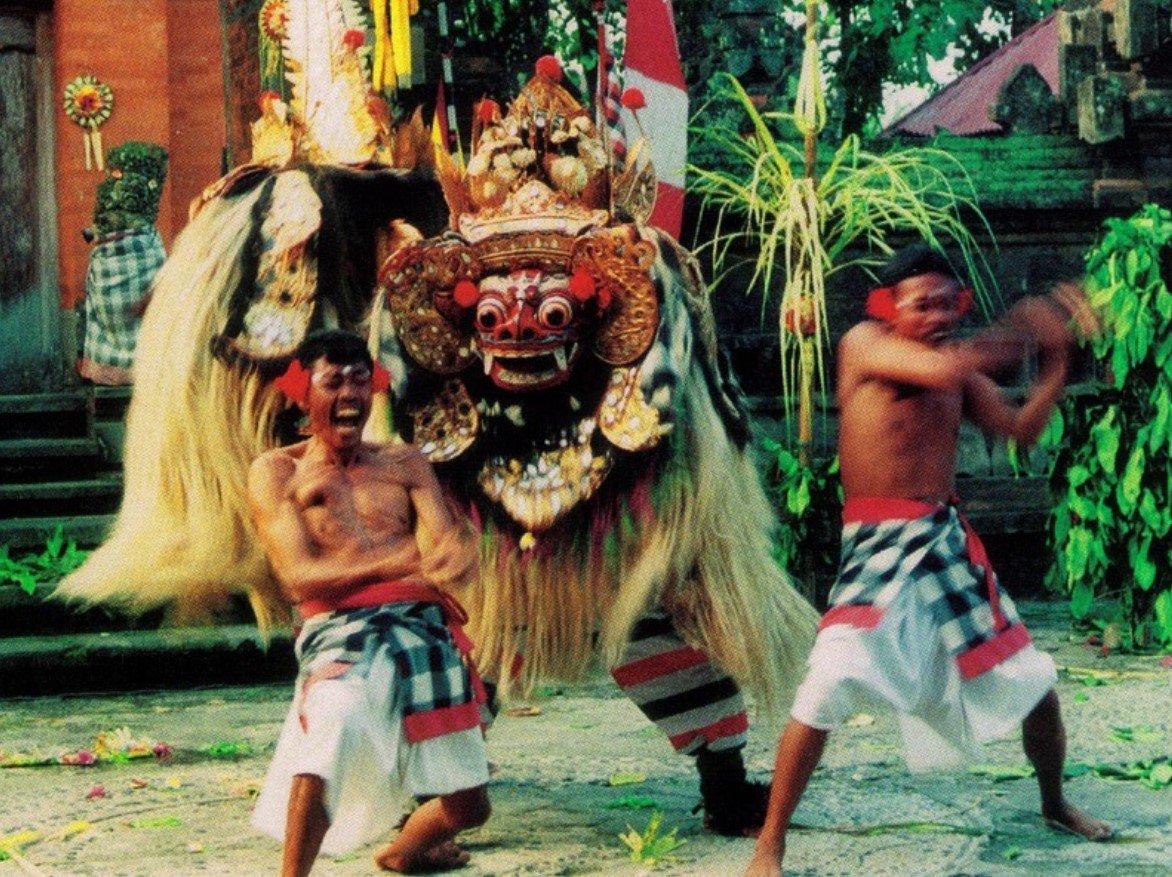
Prepare for a mythical battle between good and evil with Barong, a cultural performance steeped in Balinese mythology. The dance depicts the heroic Barong, a lion-like creature, fighting against the evil queen Rangda. What makes Barong unique is the spiritual aspect that unfolds during the performance. Male dancers enter a trance and repeatedly stab themselves with keris daggers, but remain unharmed, believed to be protected by the spirit of Barong.
Gambuh
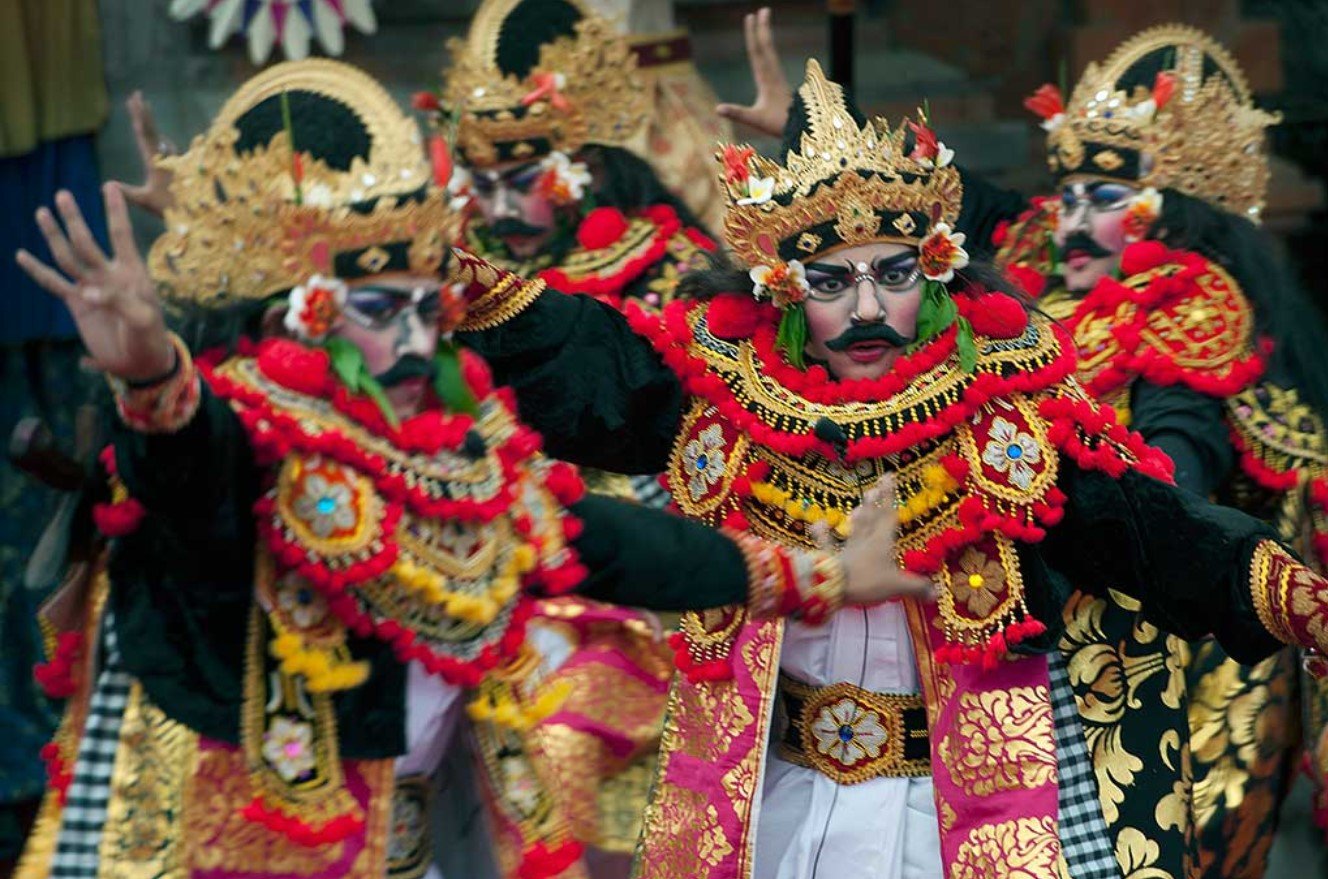
Step back in time with Gambuh, one of the oldest surviving forms of Balinese performing arts. Combining dance, music, and drama, Gambuh draws inspiration from the fictional Javanese Prince Raden Panji. This dance requires technical prowess in both music and dance, with dialogues delivered in the ancient Kawi language, often translated into contemporary Balinese by the narrator.
Janger
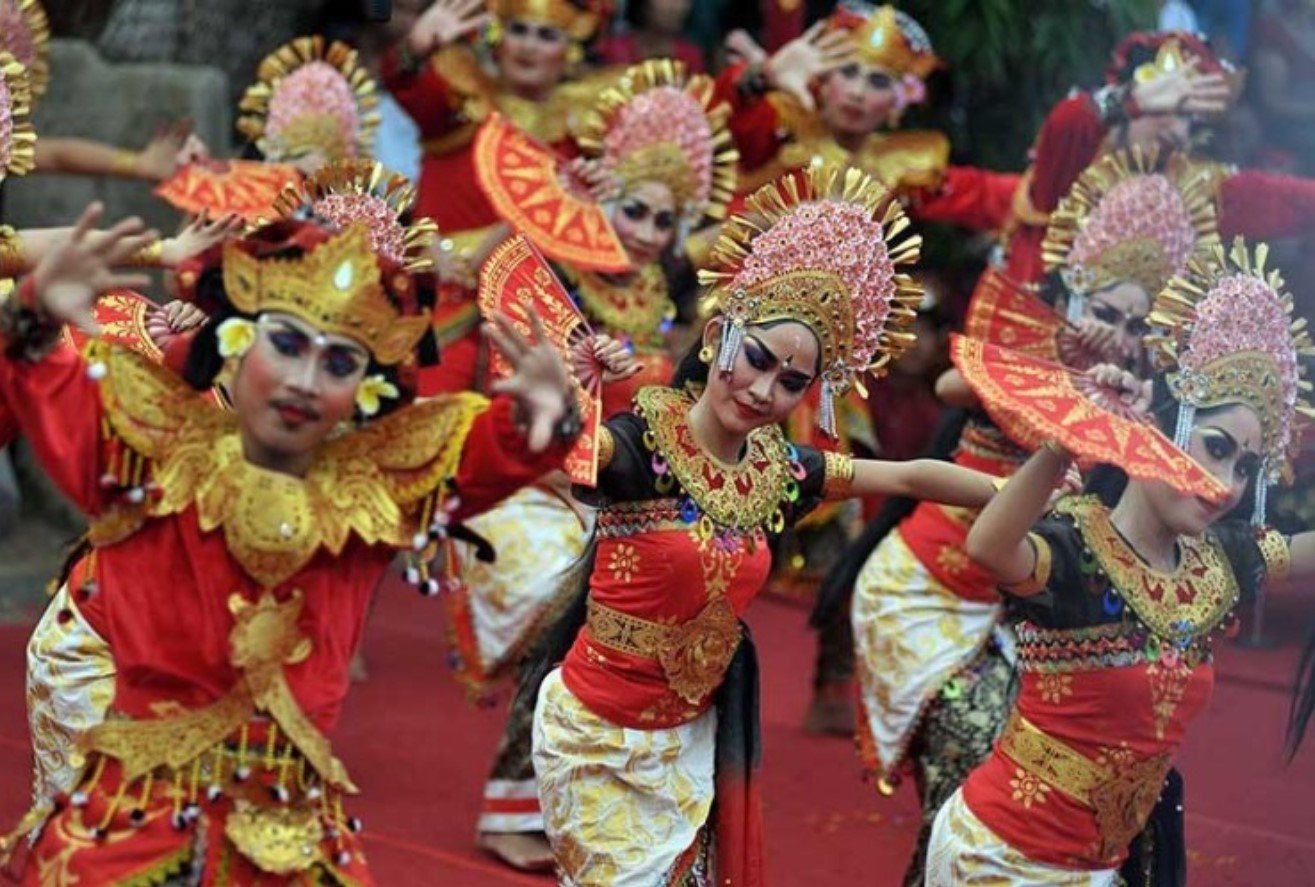
Join the joyful celebration of Janger, a festive dance originating from the chants of Balinese farmers. Both young men and women come together, chanting in a harmonious rhythm as they move. While Janger retains its traditional roots, modern influences have seeped into the dance, with costumes sometimes featuring Western elements. Although less frequent today, Janger still graces cultural events, radiating a vibrant and celebratory atmosphere.
Kebyar Trompong
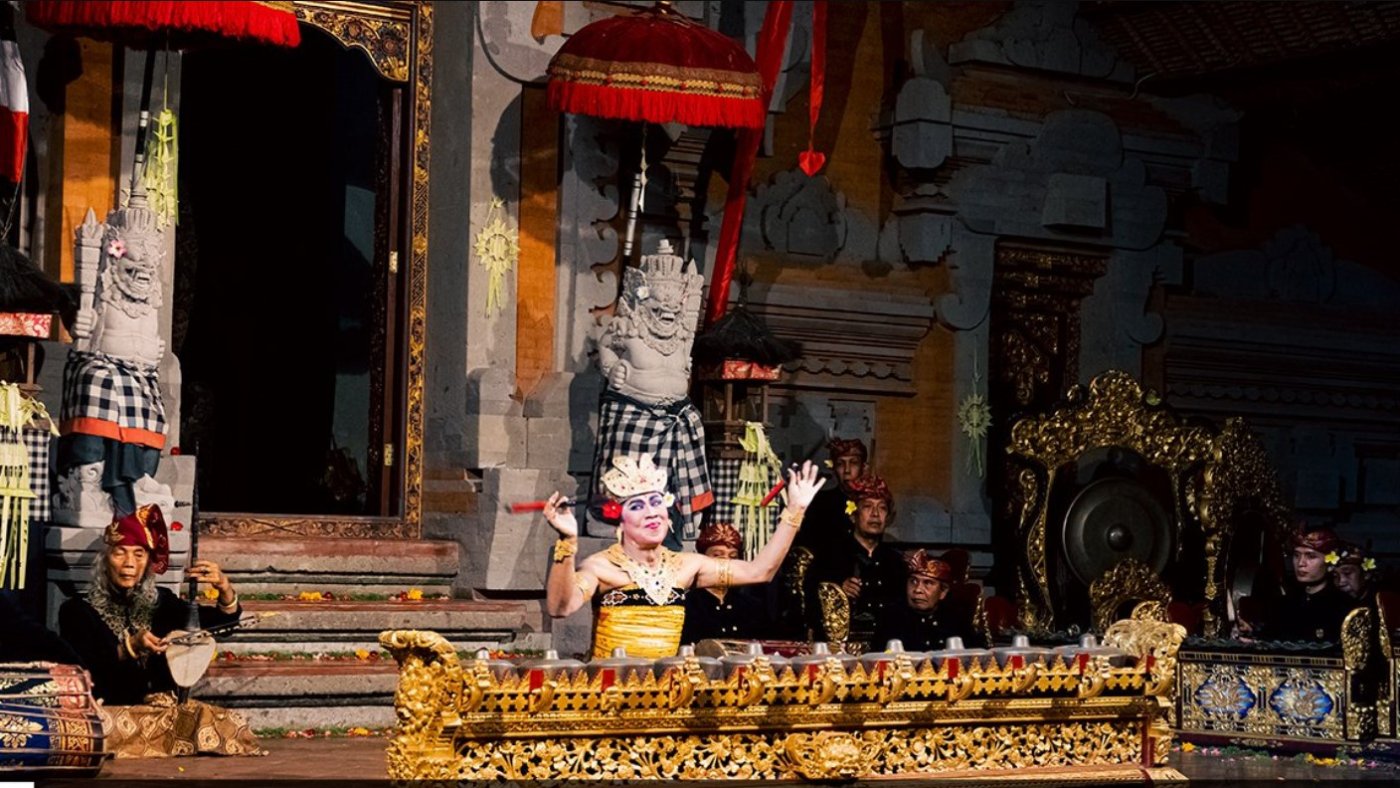
Experience the unique magic of Kebyar Trompong, a solo dance originating from Ubud. In this mesmerizing performance, the dancer skillfully interprets the music through powerful facial expressions and movements. What sets Kebyar Trompong apart is the simultaneous playing of the trompong, a traditional instrument. Mastering this dance requires a deep understanding of the Balinese traditional orchestra.
Legong
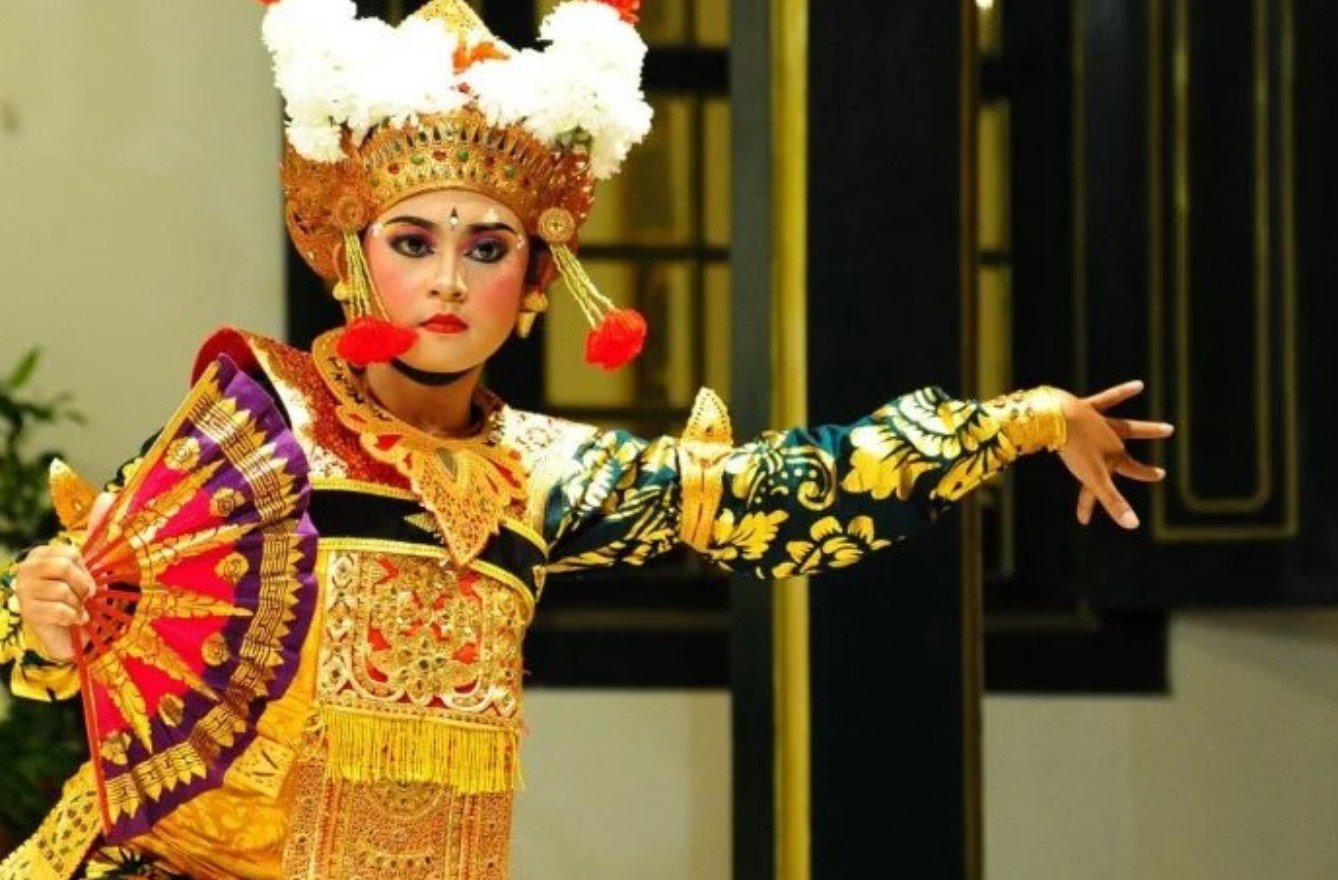
Witness the grace and elegance of Legong, one of the most renowned Balinese dances. Traditionally performed by pre-pubescent girls at royal courts, Legong aims to please the king and his guests. The dancers, highly respected in society, often go on to marry into noble families or wealthy circles. With intricate finger movements, complex footwork, and expressive gestures, Legong mesmerizes audiences with its refined beauty.
Palawakya
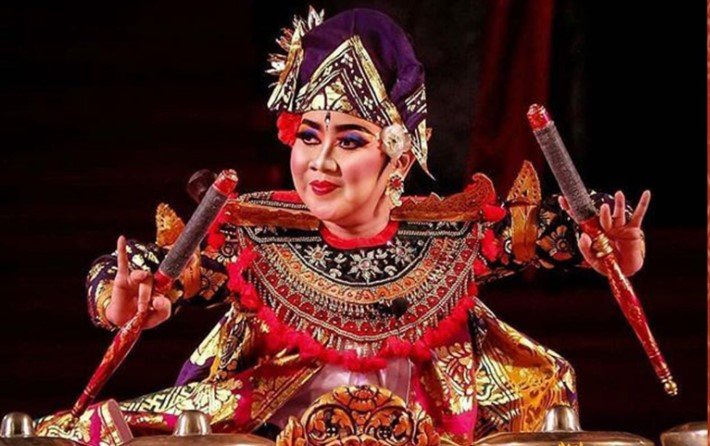
Marvel at the mastery of Palawakya, considered one of the most challenging Balinese traditional dances. This rare dance demands expert skills as the dancer sings traditional lyrics known as "geguritan" while simultaneously playing the trompong instrument. One revered maestro of Palawakya is Ni Luh Menek, who was known to amaze audiences with her exceptional skills even at the late age of 70.
Panyembrama
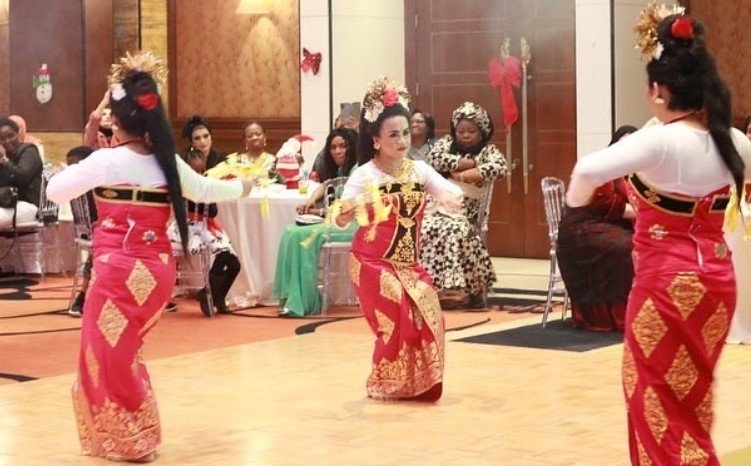
Delight in the lively and entertaining Panyembrama dance, which translates to "welcome." This secular dance is performed solely for entertainment purposes, captivating guests upon their arrival. Young girls don traditional costumes and carry dishes with incense and flowers. Panyembrama draws inspiration from the Pendet dance and radiates a vibrant and celebratory atmosphere.
Pendet
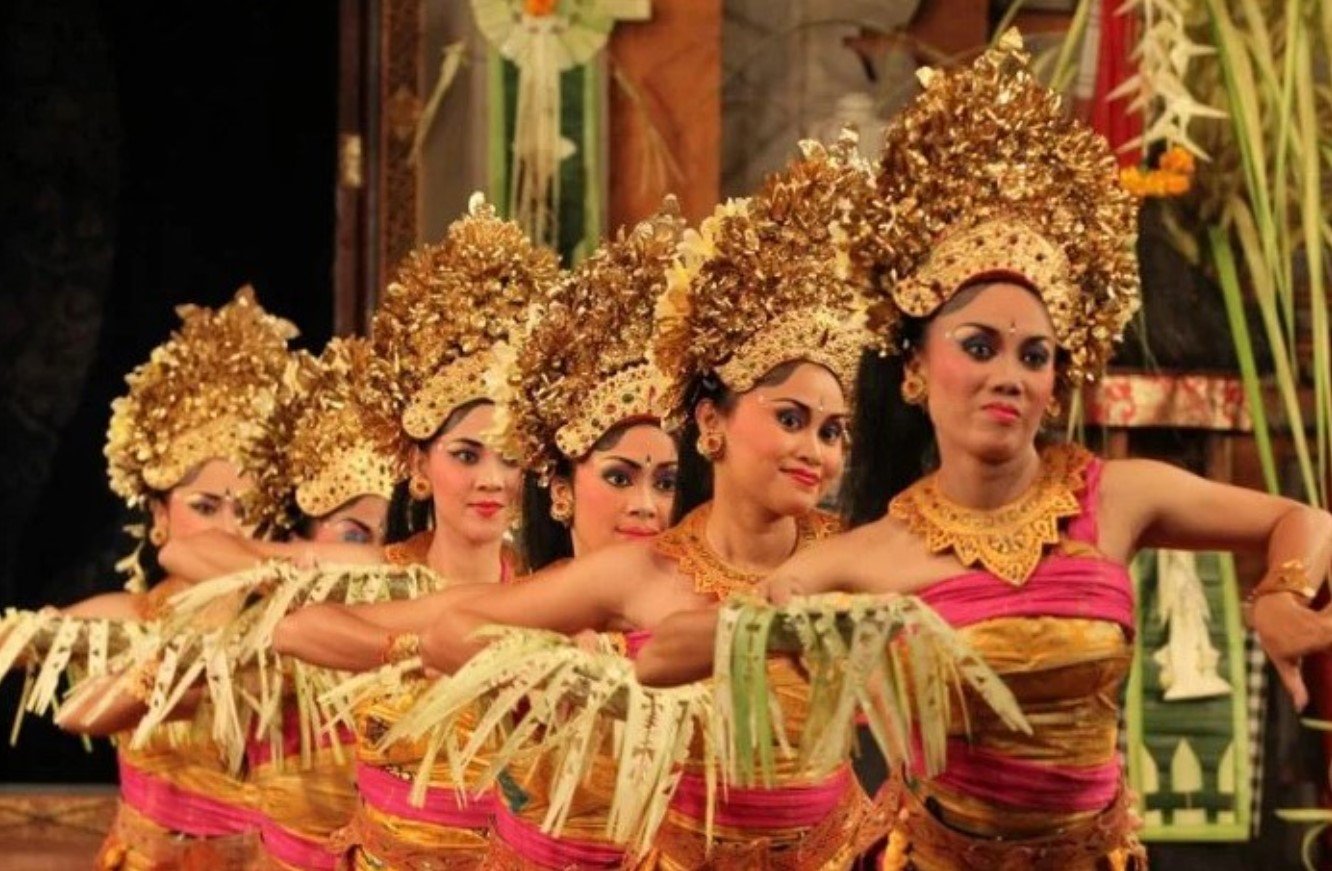
Witness the timeless beauty of Pendet, one of the oldest Balinese dances. This elegant greeting dance is typically performed by young girls, delicately carrying bowls of flower petals. Throughout the dance, handfuls of petals are cast into the air, creating a magical atmosphere. Pendet can be performed by anyone and is taught through imitation passed down from elder women to younger girls.
Topeng
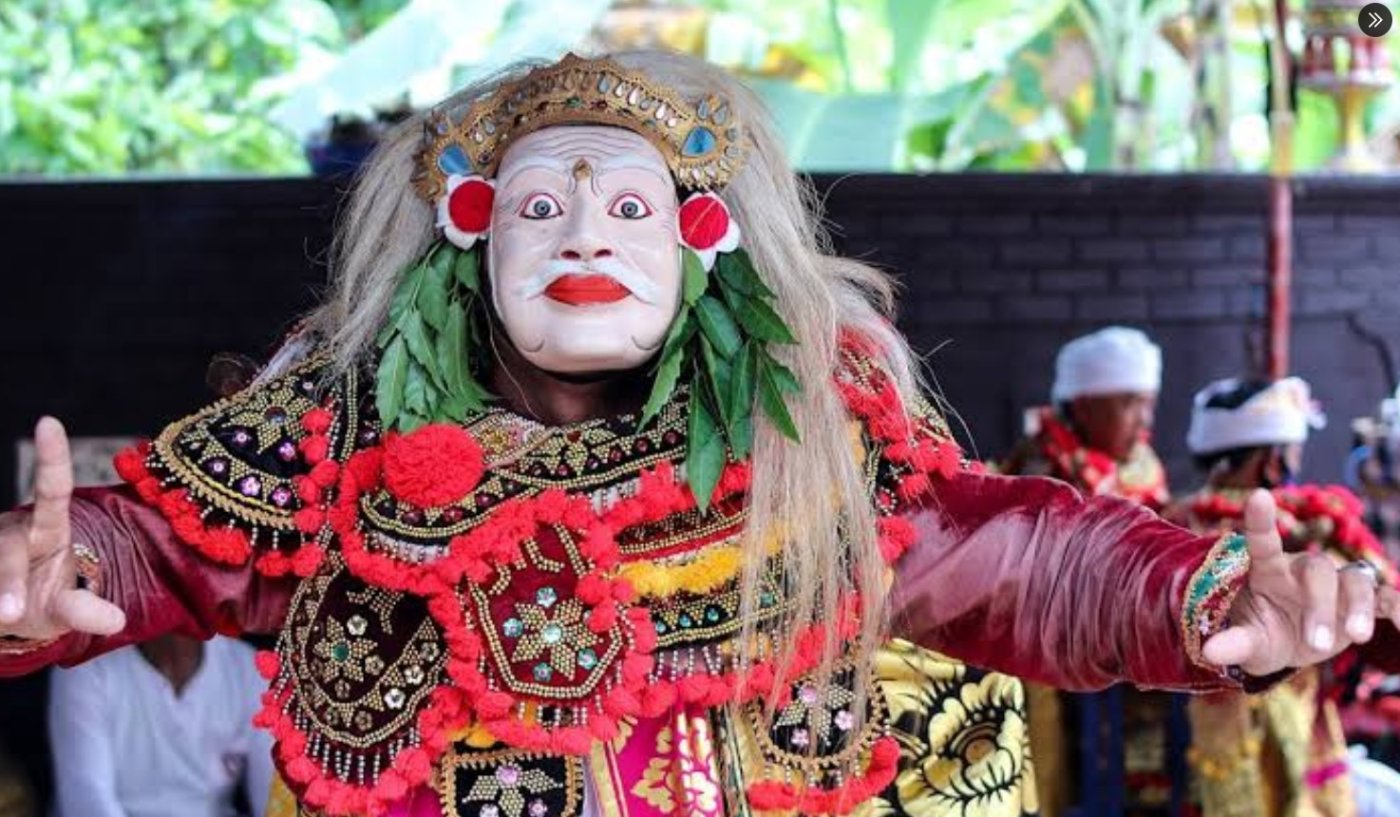
Journey into the past with Topeng, a dance form rooted in 8th-century traditions. The performers, wearing jawless masks called "penasar," narrate tales of ancient kings, and folklore, and sometimes inject humor or social commentary. Topeng explores the multifaceted nature of humanity, blending the sacred and the profane, the beautiful and the ugly.

